10 things you may not know about the Botanic Gardens
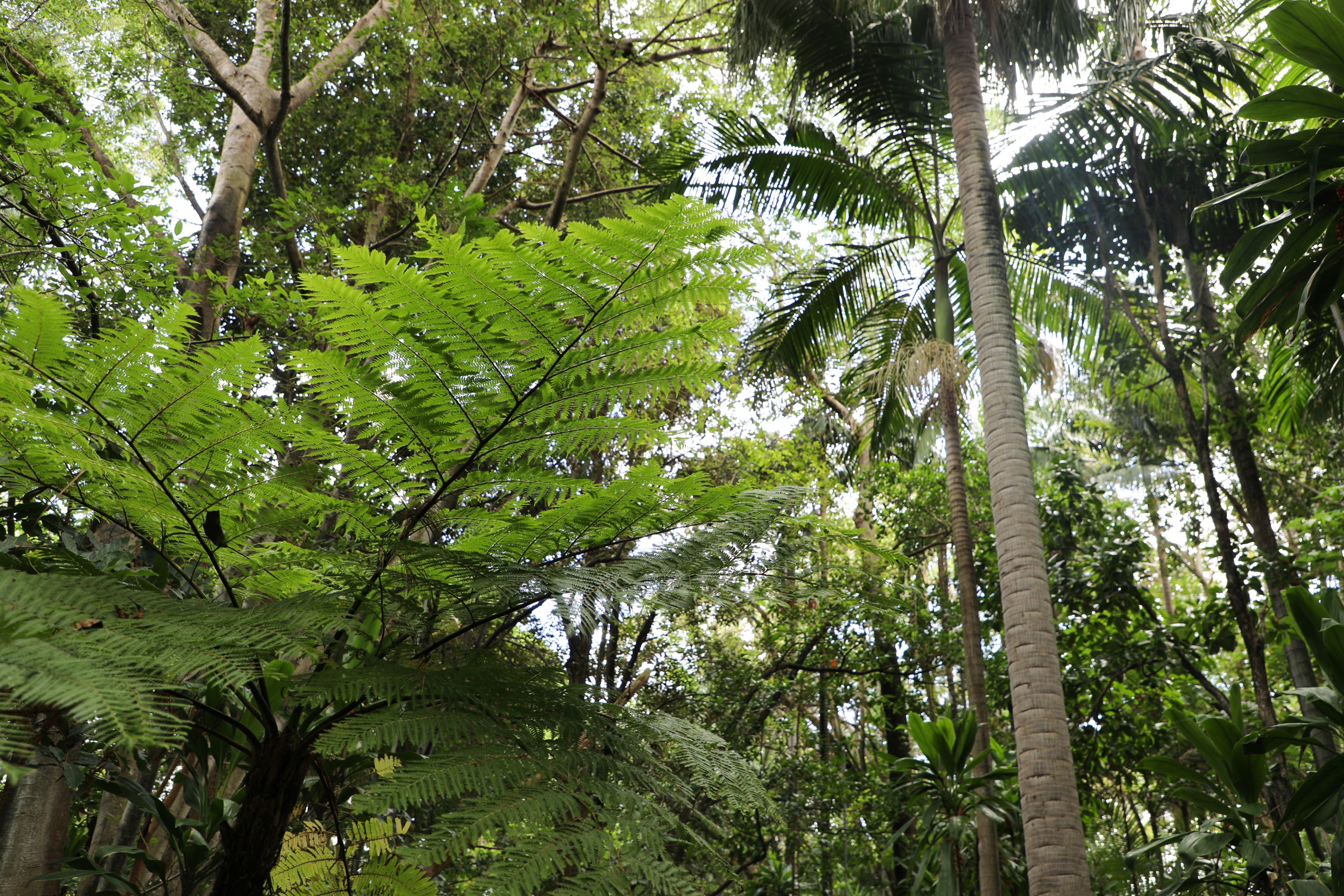
It’s humble beginnings
The Botanic Gardens as we know it today is pristine – but it didn’t always look this way.
The land was once leased out and some areas were planted with sugarcane. Other areas were water reserves and grazing leases.
The Railways Department steam trains used the lagoon next to Thornhill Street as their water supply until the advent of diesel locomotives.
The lagoon was also utilised by early settlers as a fresh water supply and resting and watering place for cattle.

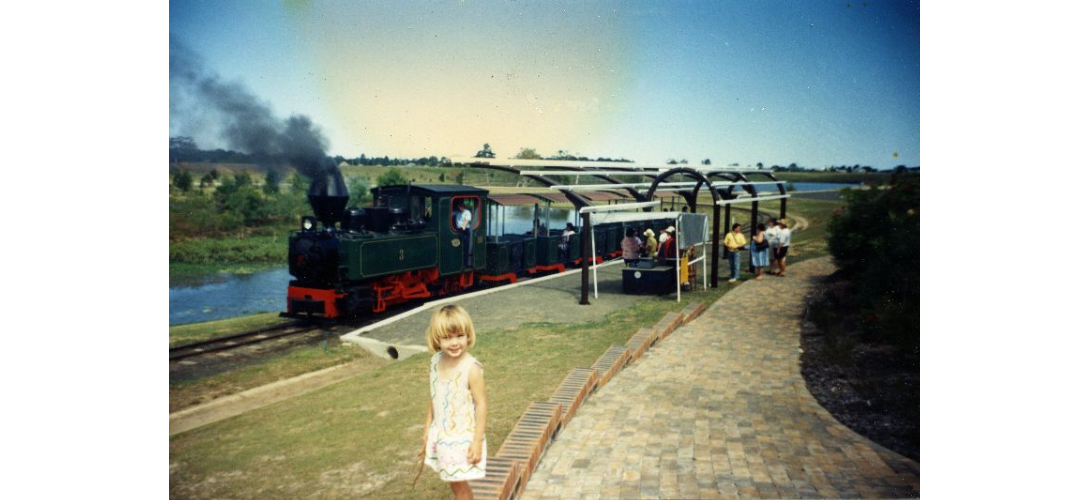
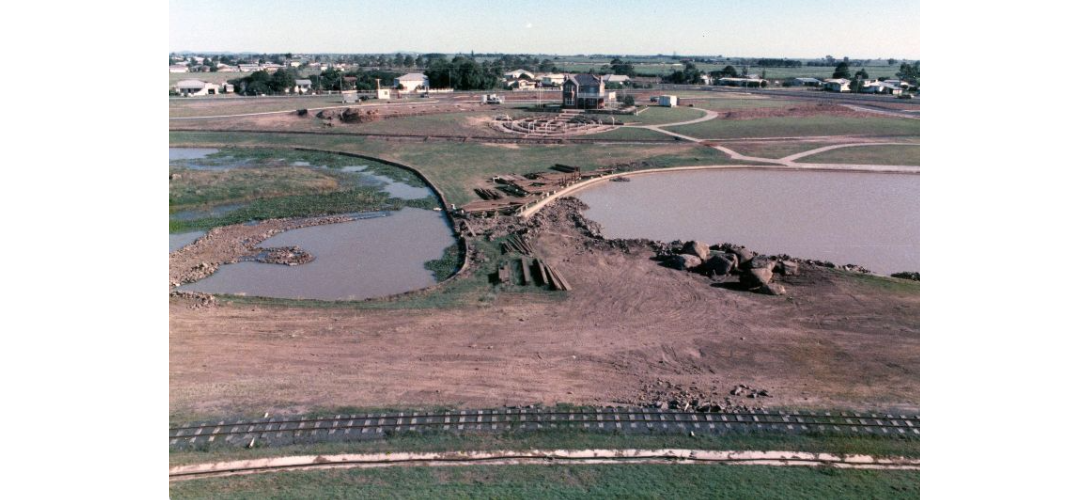
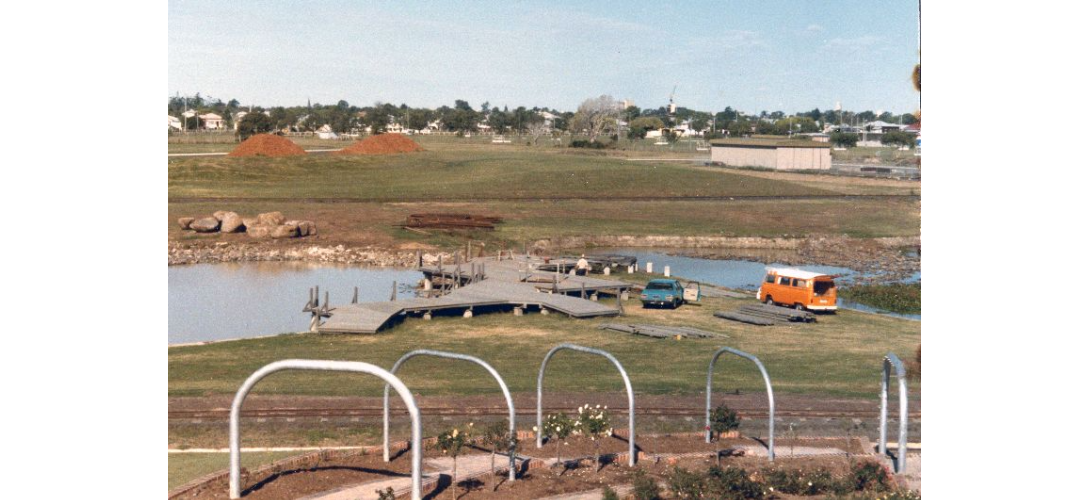
Item 1 of 3



Spectacular range of flora and fauna
The Botanic Gardens covers over 27 hectares of land and features a variety of more than 10,000 trees and shrubs.
At the heart of the Botanic Gardens are the magnificent lakes which create a diverse habitat attracting up to 114 species of birds.
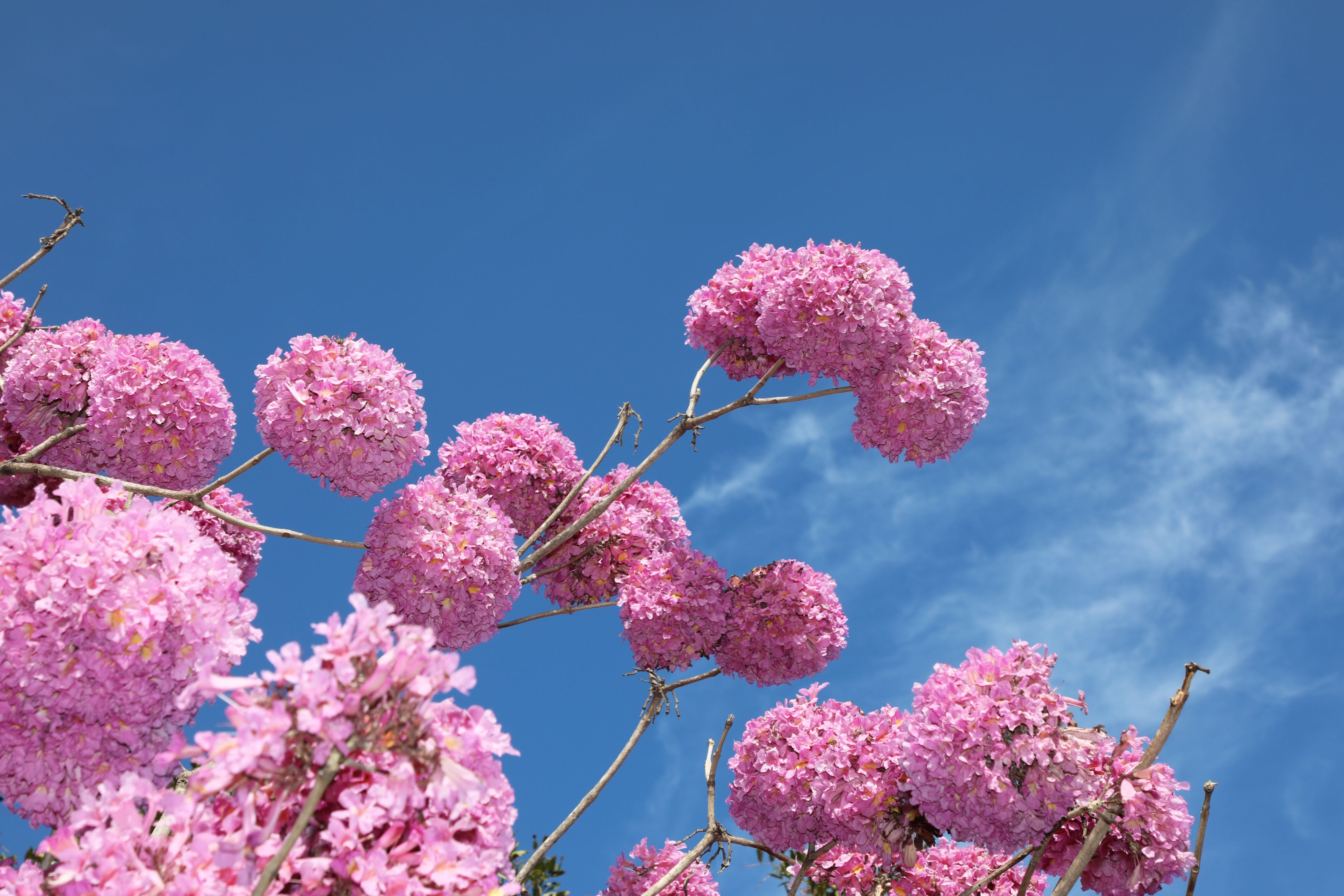



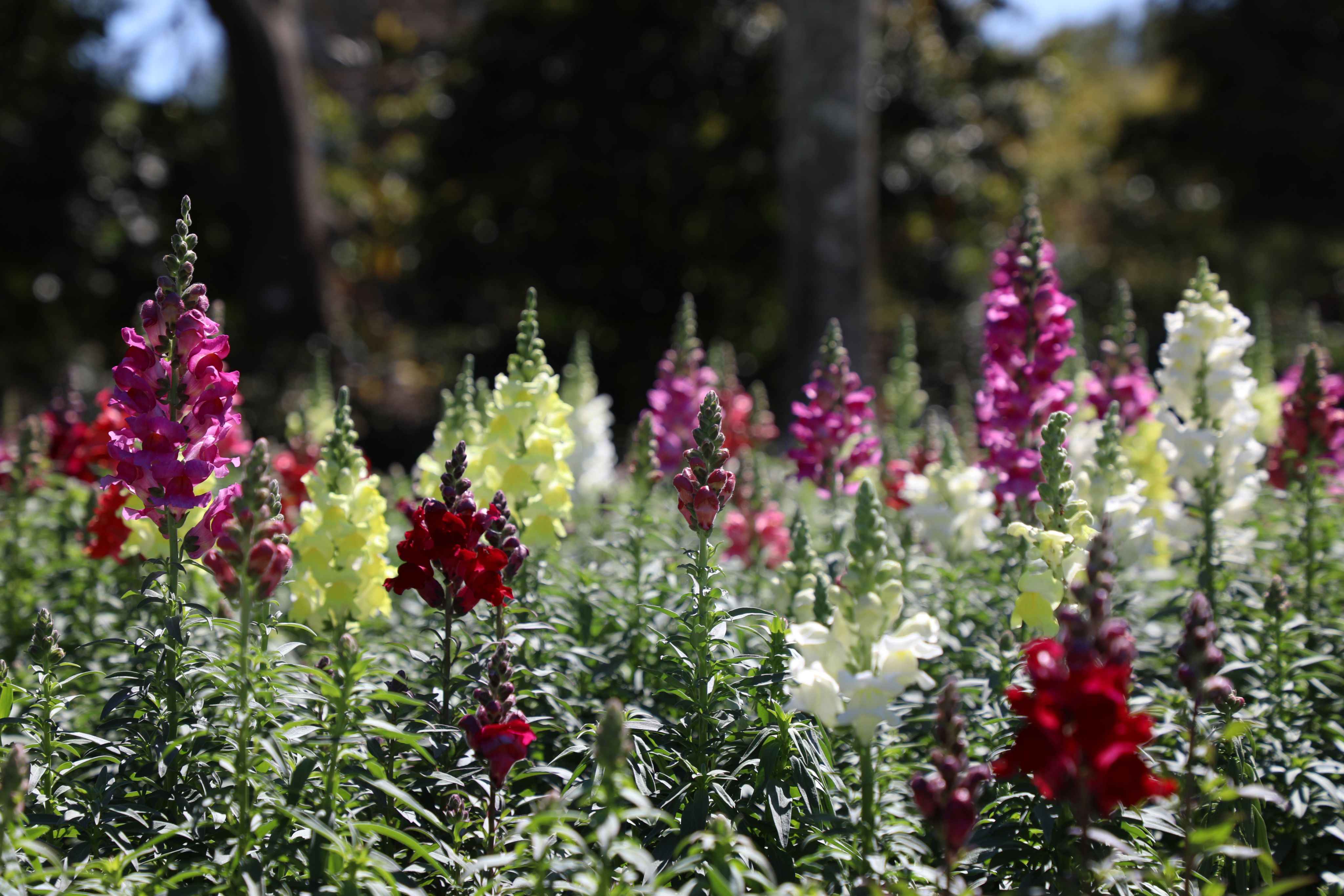
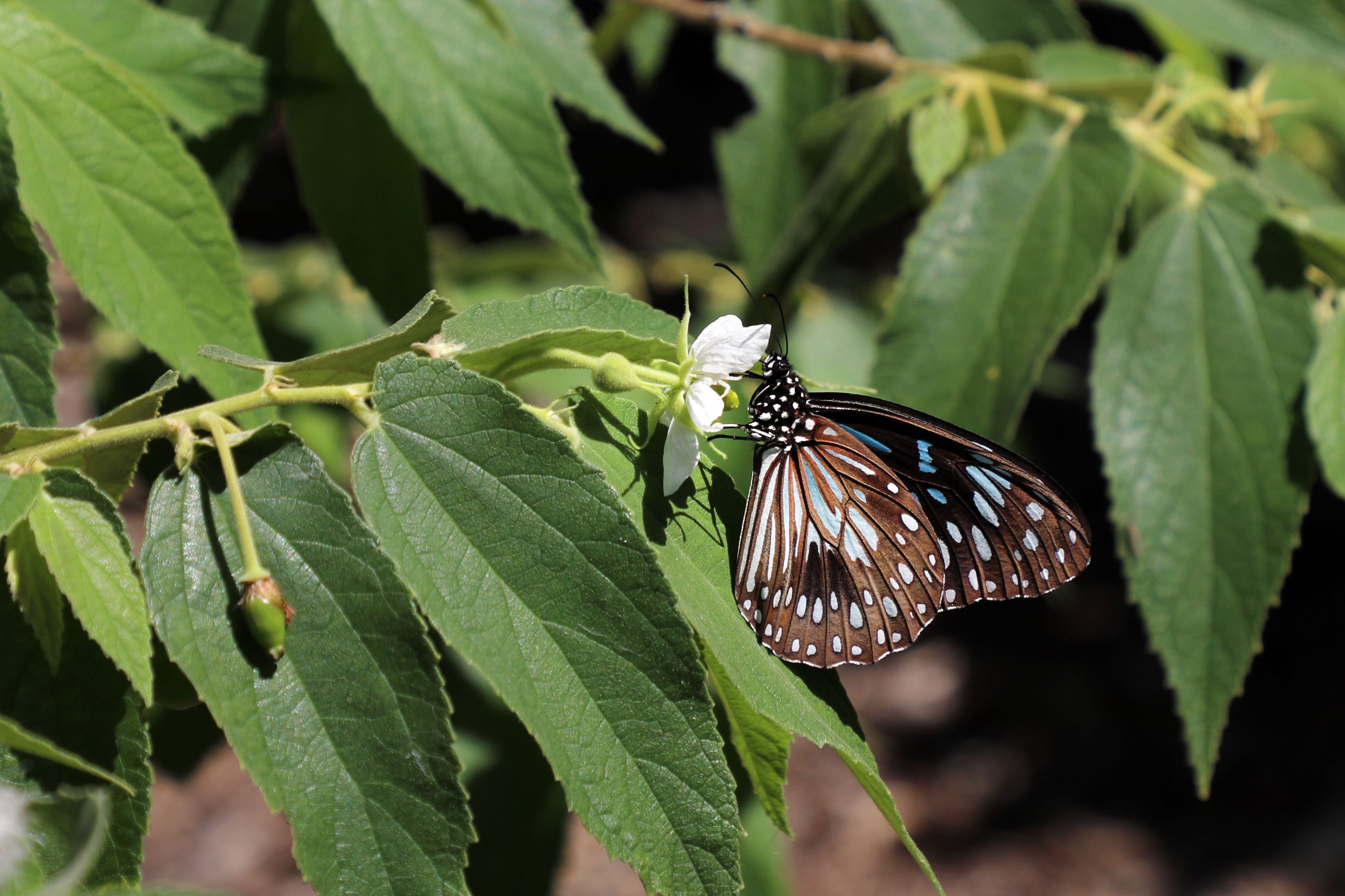
Item 1 of 5





Centuries of history in one tree
The well-maintained lawns of the Bundaberg Botanic Gardens don’t reveal its history as a dairy farm, but local man Paul Trammachi remembers well the time he spent there as a boy.
The towering, historical fig tree adjacent to Fairymead House holds some of Paul’s fondest memories.
He estimates the tree would be about 500 to 600 years old.
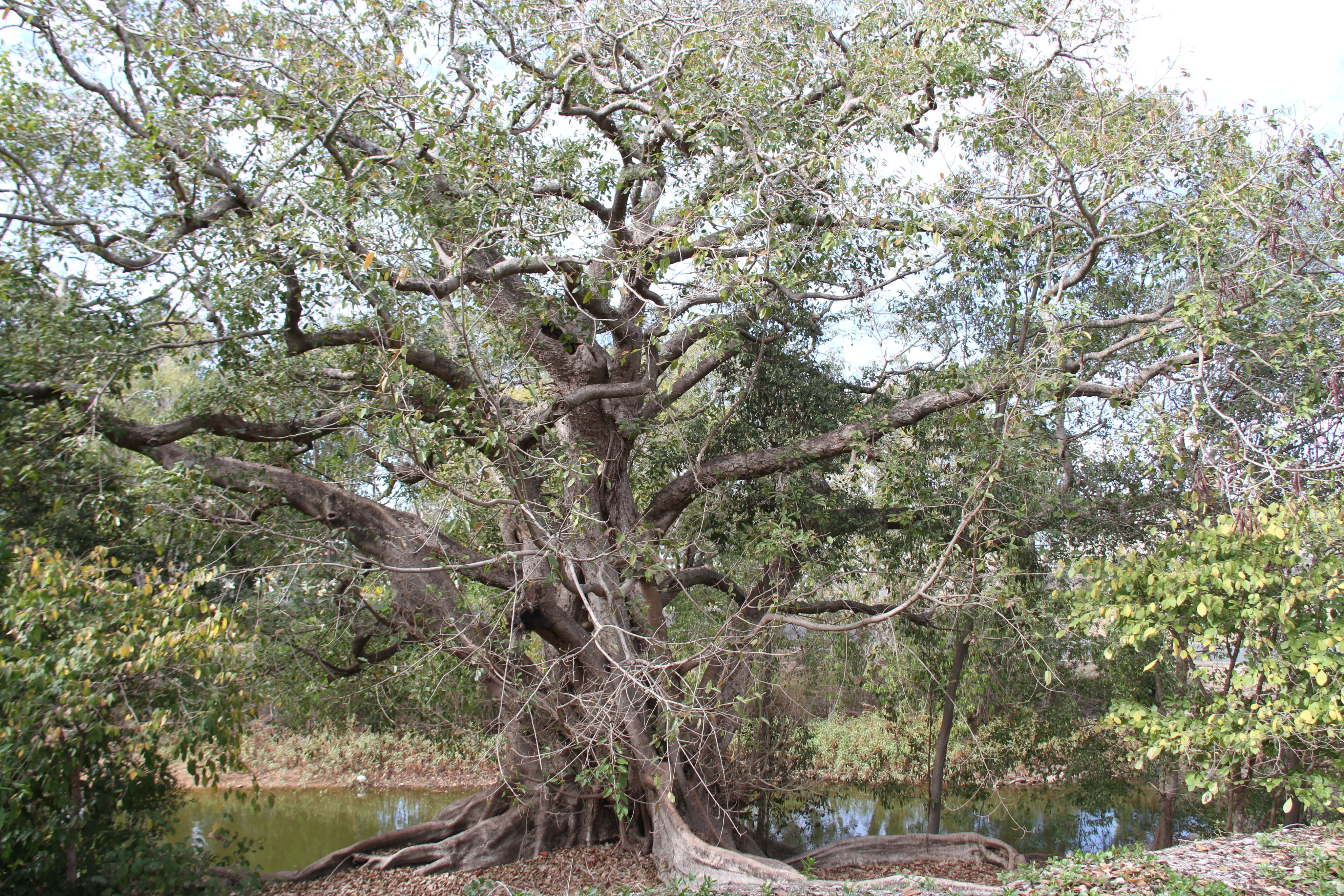
Sugar, steam and all things flight
There is an abundance of attractions for locals and visitors alike to enjoy within the Bundaberg Botanic Gardens.
Fairymead House, the Hinkler Hall of Aviation and the Bundaberg Historical Museum allow you to immerse yourself in the Bundaberg Region’s rich history.
Hinkler House is open for self-guided tours and the Australian Sugar Cane Railway offer train rides for those of all ages.

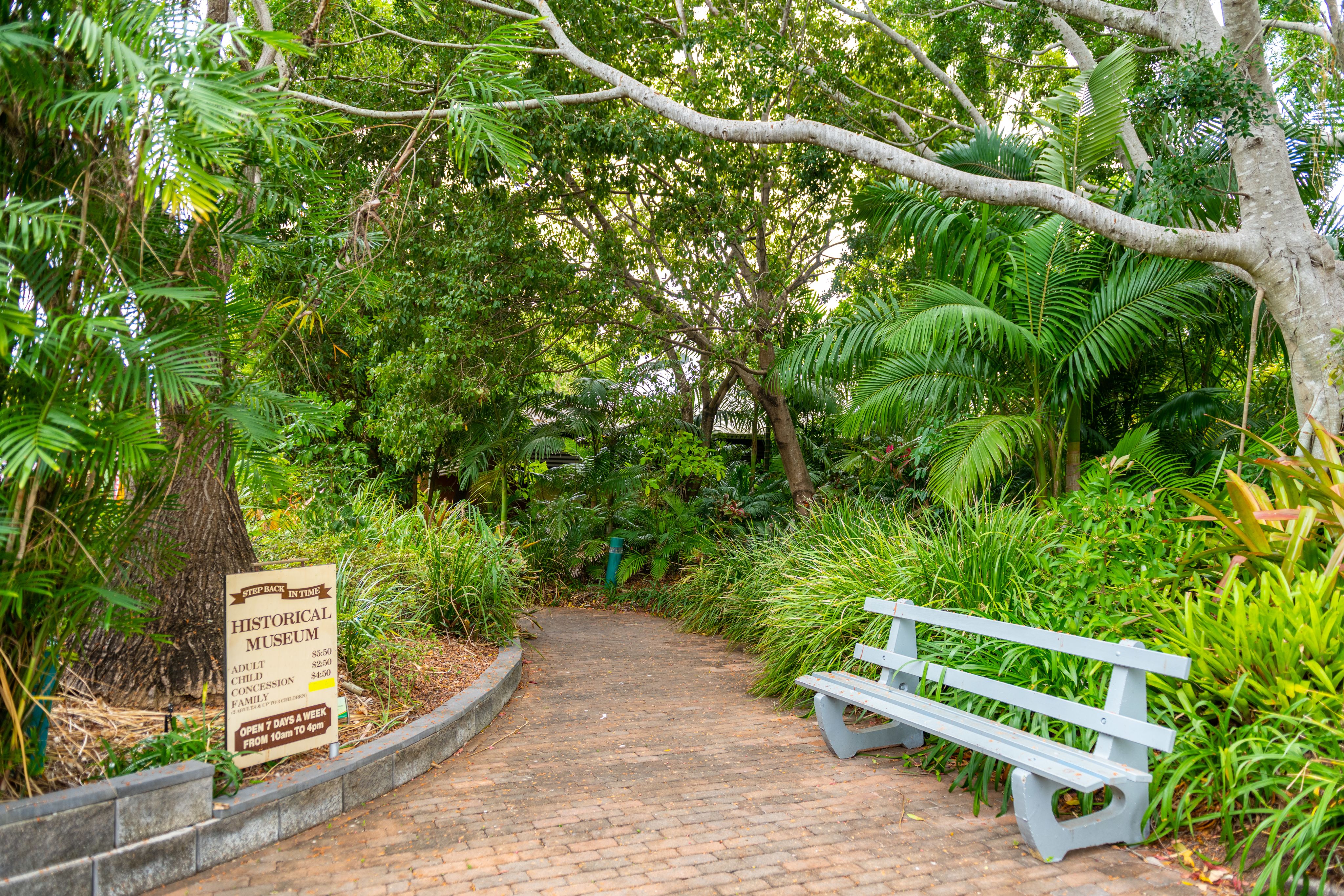

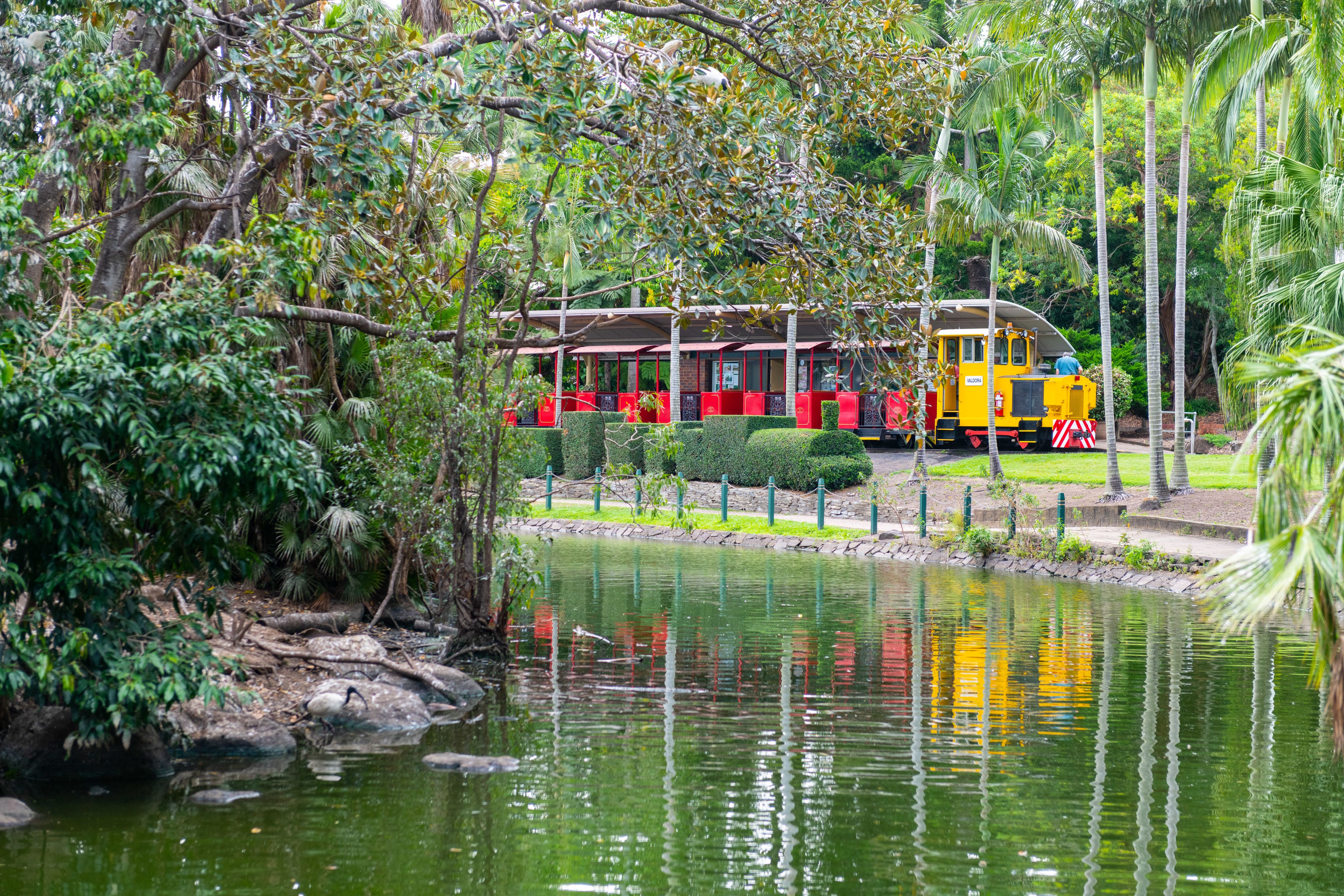


Item 1 of 5





TIMBER: Plans chopped in favour of tree appreciation
According to Botanic Gardens and Horticulture Area Supervisor Cody Johnson, trees within the area known as the Woodworkers Guild were originally established in the 1980s and 1990s for timber harvest, with its members committed to creating a renewable sustainable forest.
However tree labels were lost in floods, leaving the area largely forgotten.
Cody said the Guild and Council now wished to retain the trees permanently so visitors could appreciate them for more than just their fine timber qualities.

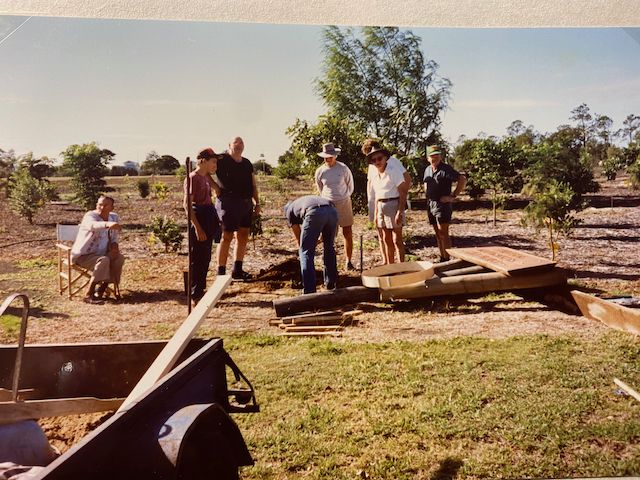
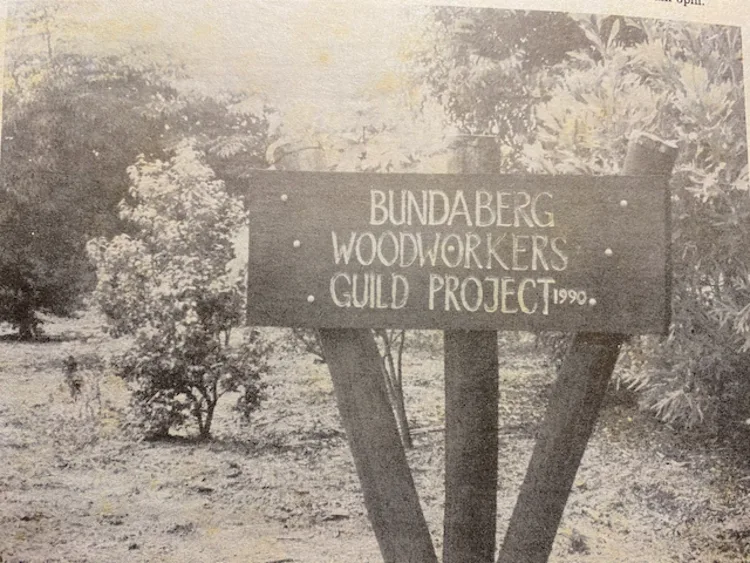
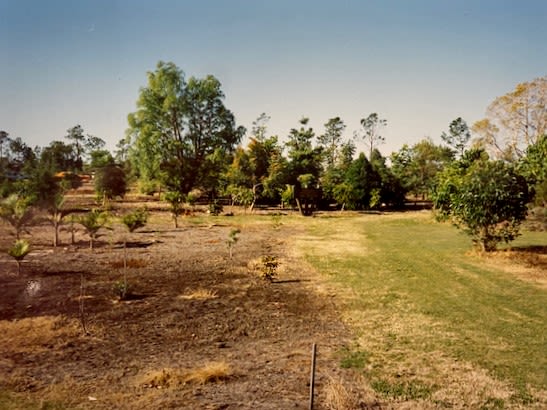
Item 1 of 3



Branching out with some rare finds
The Woodworkers Guild garden also houses many rare trees and Council staff are always on the lookout to identify new species after the plaques were lost in the flood.
A native crepe myrtle was identified featuring flowers with an impressive pinkish mauve bloom.
In 2020 staff identified a rare Australian black plum, a species thought extinct for a large part of last century until it was rediscovered in 1980.
After almost one kilometre of new footpath was added to the gardens access was gained to a large northern white beech which boasts a vibrant purple fruit.

Full steam a-hedge
When strolling through the gardens you can’t miss the Australia Sugar Cane Railway steam trains giving rides to visitors. But make sure you take the time to stop and admire its bushy look-a-like sitting alongside the track at the station.
The crew at the Bundaberg Botanic gardens have shaped the Mock Orange hedge into a steam train, upkeeping with the maintenance so that all can enjoy.



Item 1 of 2


Bamboo mulches garden year-round
Bamboo that has been growing in the Japanese Gardens since the early 2000s is trimmed once a year to keep the location in pristine condition – but it never goes to waste.
The bamboo offcuts are then turned into mulch for the gardens.
Cody said staff tried to mostly remove mature canes or new shoots that were showing signs of lateral growth as opposed to maintaining an upright form.
Bamboo mulch acts as a natural weed barrier and helps retain moisture for the plants growing in the gardens.

Home to unusual and exotic fruits
The rare fruit tree orchard is located behind the Hinkler Hall of Aviation and is home to unusual and exotic fruits from tropical and sub-tropical areas of the world.
The giant lau lau has huge glossy leaves and bright red fruits that taste like crispy apples.
The miracle fruit originates from West Africa and produces berries that alter your taste buds. Everything you eat for the following two hours will taste sweet.
The peanut butter tree produces rich sweet fruit with the texture of - you guessed it - peanut butter. Look for small yellow flowers in spring followed by dark red fruits.
These are just a few of the trees to explore among the orchards.






Item 1 of 5





Nuts for conservation
Pathway entry via Thornhill Street will lead you past the endangered Macadamia Jansenii trees planted in June 2020.
The Bundaberg Botanic Gardens was one of four sites the rare trees were planted for the conservation project.
Under the project, Macadamia jansenii will also be planted at the Australian National Botanic Gardens in Canberra, the Brisbane Botanic Gardens at Mt Coot-tha, and the Maroochy Research Facility.
The project is supported by the Macadamia Conservation Trust through funding from the Australian Government’s National Landcare program.
Funds were provided by Hinkler Park Macadamia Plantation and the Friends of the Australian National Botanic Gardens which have played a critical role in the success of the project.




